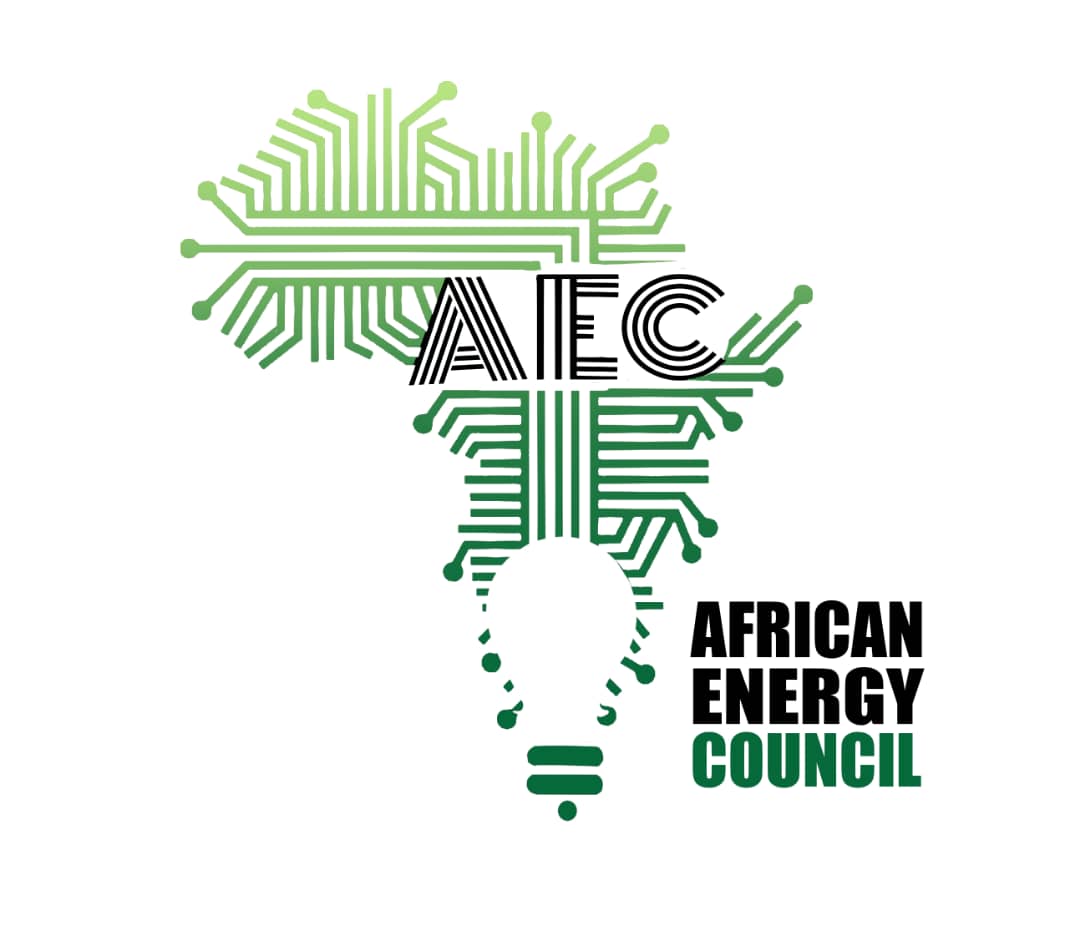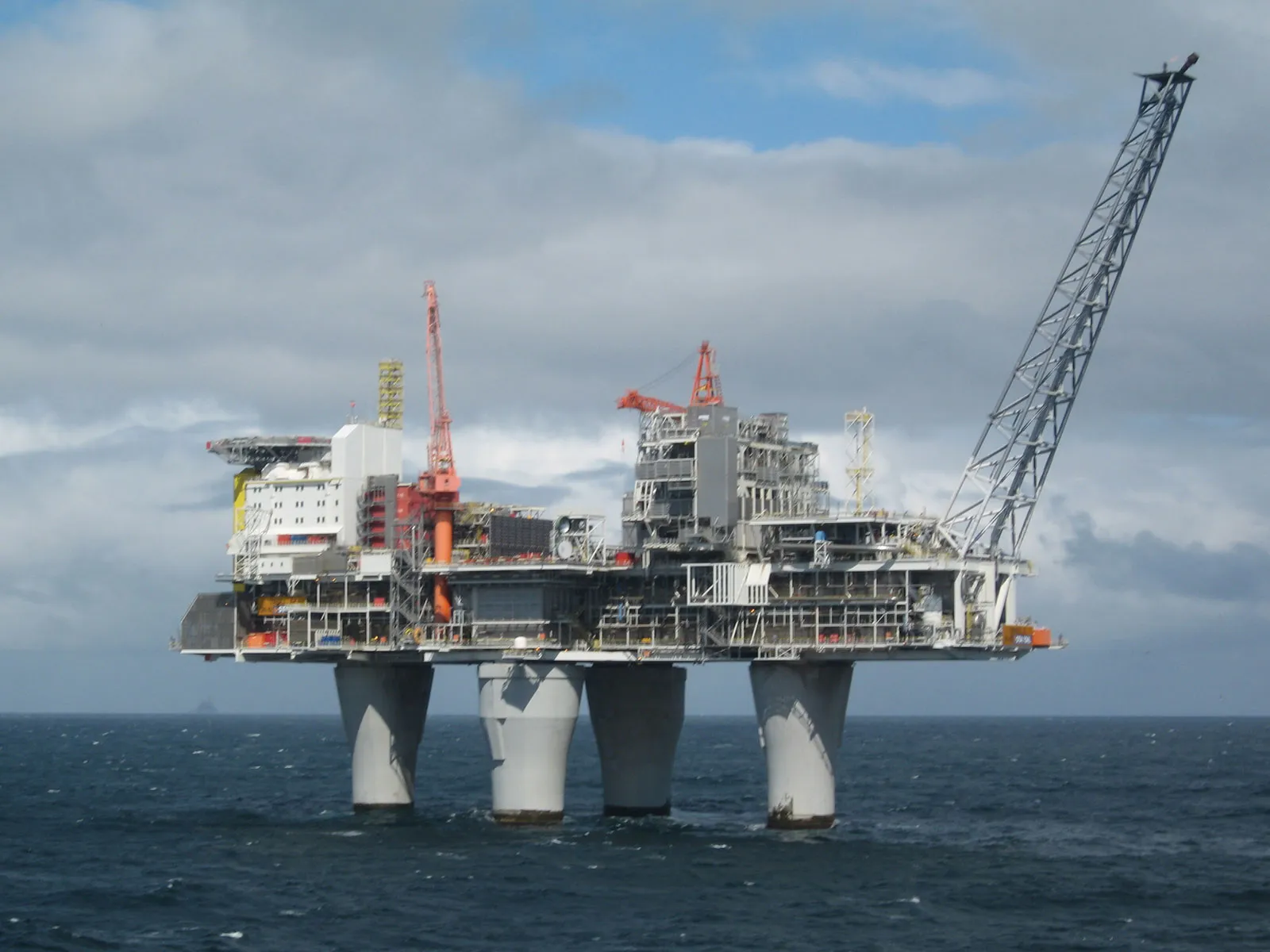A survey by the Gas Exporting Countries Forum (GECF) projects that by 2050, Africa would own a greater than 11% proportion of the world’s gas market, up from just 6% in 2021.
According to projections, production will rise from 260 billion cubic meters in 2021 to 585 billion cubic meters in 2050 as a result of governments making the most of their local energy resources.
As a result, after the Middle East, Africa will be responsible for the second-largest expansion in the world gas supply over that time.
GECF is an intergovernmental organization that provides a framework for exchanging experience and information among its 12 member countries and seven observer countries. From Africa, the report features Algeria, Egypt, Equatorial Guinea, Libya, Nigeria, Angola, and Mozambique.

